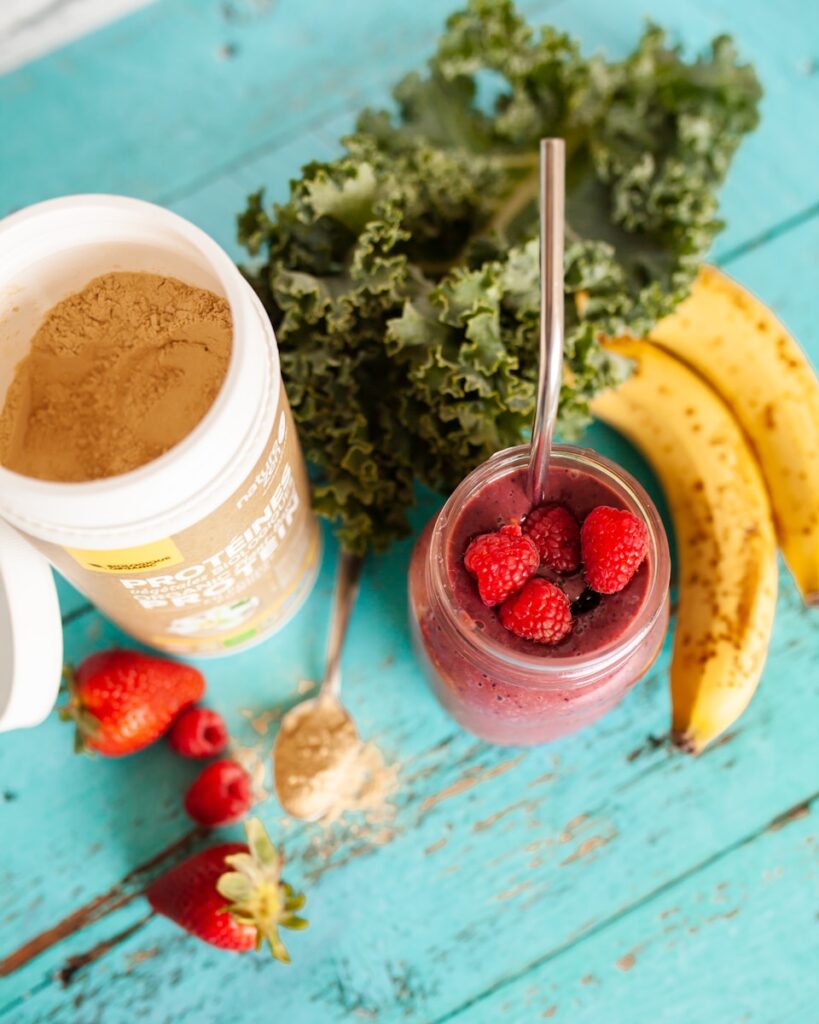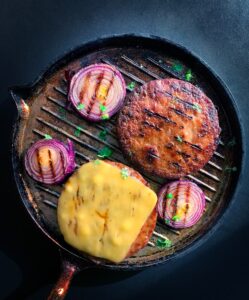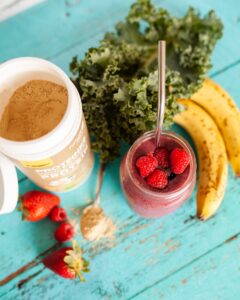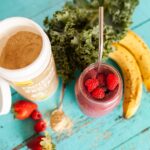With the growing popularity of vegan and vegetarian lifestyles, more people are interested in transitioning to a plant-based diet. This topic covers meal planning, nutritional considerations, and easy-to-follow recipes to make the switch smoother. Whether you’re looking to improve your health, reduce your environmental impact, or explore new culinary horizons, a plant-based diet offers numerous benefits.
Understanding a Plant-Based Diet
A plant-based diet focuses on consuming foods primarily derived from plants. This includes fruits, vegetables, nuts, seeds, oils, whole grains, legumes, and beans. Unlike vegan diets, which exclude all animal products, a plant-based diet may occasionally include small amounts of animal products, though the emphasis remains on plant foods.
The first step in adopting a plant-based diet is understanding the types of foods you will be incorporating into your meals. Familiarize yourself with various plant-based protein sources, such as tofu, tempeh, lentils, chickpeas, and quinoa. These foods will be crucial in ensuring you meet your nutritional needs.
Meal Planning for a Plant-Based Diet
Effective meal planning is essential for a successful transition to a plant-based diet. Start by incorporating more plant-based foods into your existing diet. Gradually replace animal products with plant-based alternatives. For example, you can substitute cow’s milk with almond or soy milk and use beans or lentils in place of meat in your favourite recipes.
Create a weekly meal plan that includes a variety of fruits, vegetables, whole grains, and protein sources. This will help you maintain a balanced diet and ensure you get all the necessary nutrients. Preparing meals in advance can save time and make it easier to stick to your plant-based diet.
Nutritional Considerations
Ensuring you get adequate nutrition on a plant-based diet is important. While plant foods offer many health benefits, you need to be mindful of certain nutrients that may require more attention, such as protein, vitamin B12, iron, calcium, and omega-3 fatty acids.
- Protein: Incorporate a variety of protein-rich plant foods into your diet, such as beans, lentils, tofu, tempeh, nuts, seeds, and whole grains.
- Vitamin B12: Since vitamin B12 is primarily found in animal products, consider taking a B12 supplement or consuming fortified foods.
- Iron: Plant-based sources of iron include lentils, chickpeas, beans, tofu, quinoa, and spinach. Pair these with vitamin C-rich foods to enhance absorption.
- Calcium: Ensure adequate calcium intake by consuming fortified plant milks, tofu, leafy greens, and almonds.
- Omega-3 Fatty Acids: Include sources of omega-3s like flaxseeds, chia seeds, hemp seeds, and walnuts in your diet.
Consult with a healthcare provider or a registered dietitian to address any specific nutritional concerns and ensure your plant-based diet meets your individual needs.
Easy-to-Follow Recipes
Transitioning to a plant-based diet can be enjoyable and delicious with the right recipes. Here are a few simple and tasty options to get you started:
Breakfast: Overnight Oats
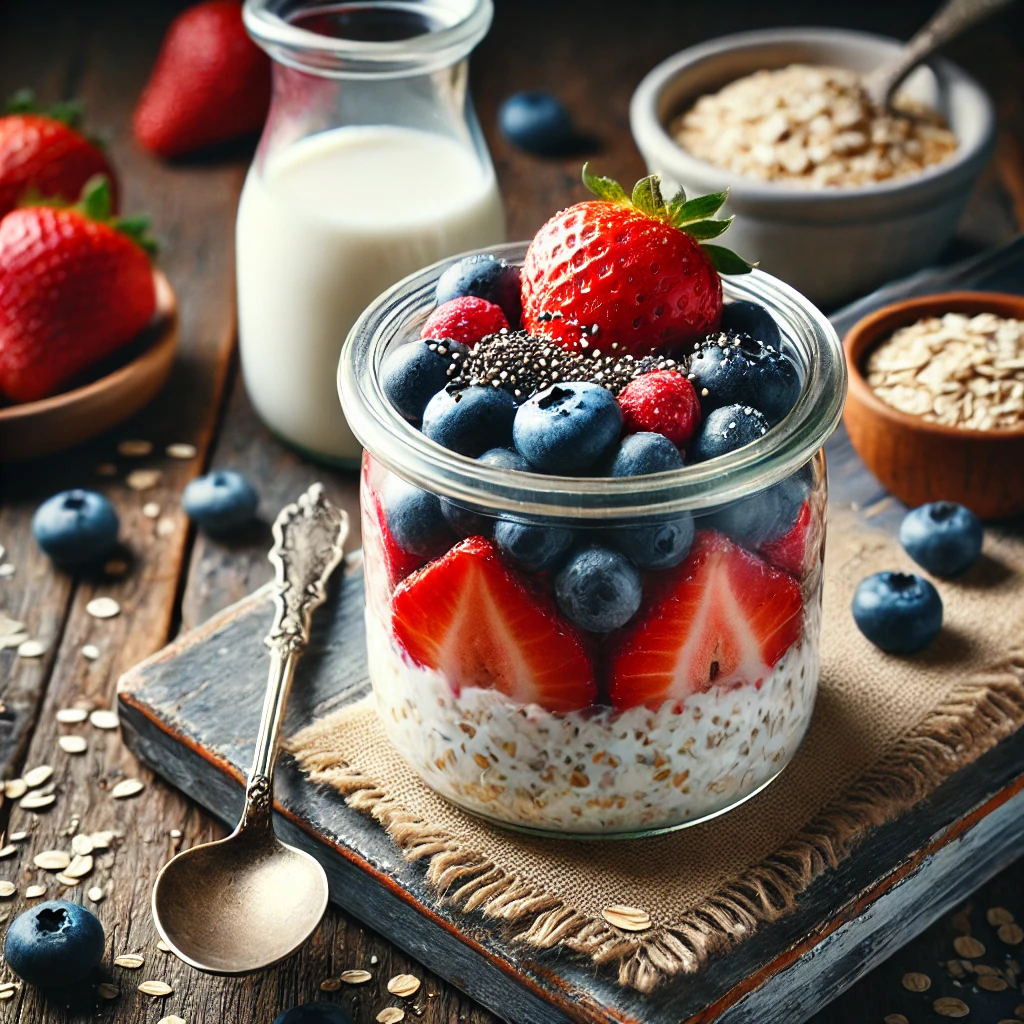
Ingredients:
- 1/2 cup rolled oats
- 1 cup almond milk
- 1 tablespoon chia seeds
- 1/2 cup mixed berries
- 1 tablespoon maple syrup (optional)
Instructions:
- Combine all ingredients in a jar or container.
- Stir well, cover, and refrigerate overnight.
- In the morning, give it a good stir and enjoy a nutritious and easy breakfast.
Lunch: Chickpea Salad Sandwich
Ingredients:
- 1 can chickpeas, drained and mashed
- 2 tablespoons vegan mayo
- 1 tablespoon Dijon mustard
- 1 celery stalk, chopped
- 1/4 red onion, chopped
- Salt and pepper to taste
- Whole grain bread
- Lettuce and tomato slices
Instructions:
- In a bowl, mix the mashed chickpeas, vegan mayo, Dijon mustard, celery, red onion, salt, and pepper.
- Spread the chickpea mixture on whole grain bread.
- Top with lettuce and tomato slices for a satisfying and protein-packed lunch.
Dinner: Quinoa Stuffed Bell Peppers
Ingredients:
- 4 bell peppers, tops cut off and seeds removed
- 1 cup cooked quinoa
- 1 can black beans, drained and rinsed
- 1 cup corn kernels
- 1/2 cup salsa
- 1 teaspoon cumin
- 1 teaspoon chili powder
- Salt and pepper to taste
Instructions:
- Preheat the oven to 375°F (190°C).
- In a bowl, combine the cooked quinoa, black beans, corn, salsa, cumin, chili powder, salt, and pepper.
- Stuff the bell peppers with the quinoa mixture.
- Place the stuffed peppers in a baking dish and cover with foil.
- Bake for 30-35 minutes, until the peppers are tender.
Tips for a Smooth Transition
Adopting a plant-based diet can be a rewarding experience with the right approach. Here are some tips to help you transition smoothly:
- Start Slow: Gradually incorporate more plant-based meals into your diet. You don’t have to make the switch overnight.
- Experiment with New Foods: Explore different fruits, vegetables, grains, and legumes to keep your meals exciting and varied.
- Learn New Recipes: Invest time in learning how to prepare delicious plant-based meals. There are plenty of resources available, including cookbooks, blogs, and cooking classes.
- Stay Informed: Keep yourself educated about the nutritional aspects of a plant-based diet to ensure you’re meeting all your dietary needs.
- Join a Community: Connect with others who follow a plant-based diet. Online forums, social media groups, and local meet-ups can provide support and inspiration.
Conclusion
Transitioning to a plant-based diet can significantly enhance your health and well-being while contributing to a more sustainable environment. By understanding the basics, planning your meals, considering nutritional needs, and exploring easy-to-follow recipes, you can make the switch to a plant-based diet smoothly and enjoyably. Embrace the journey and discover the delicious and diverse world of plant-based eating.

